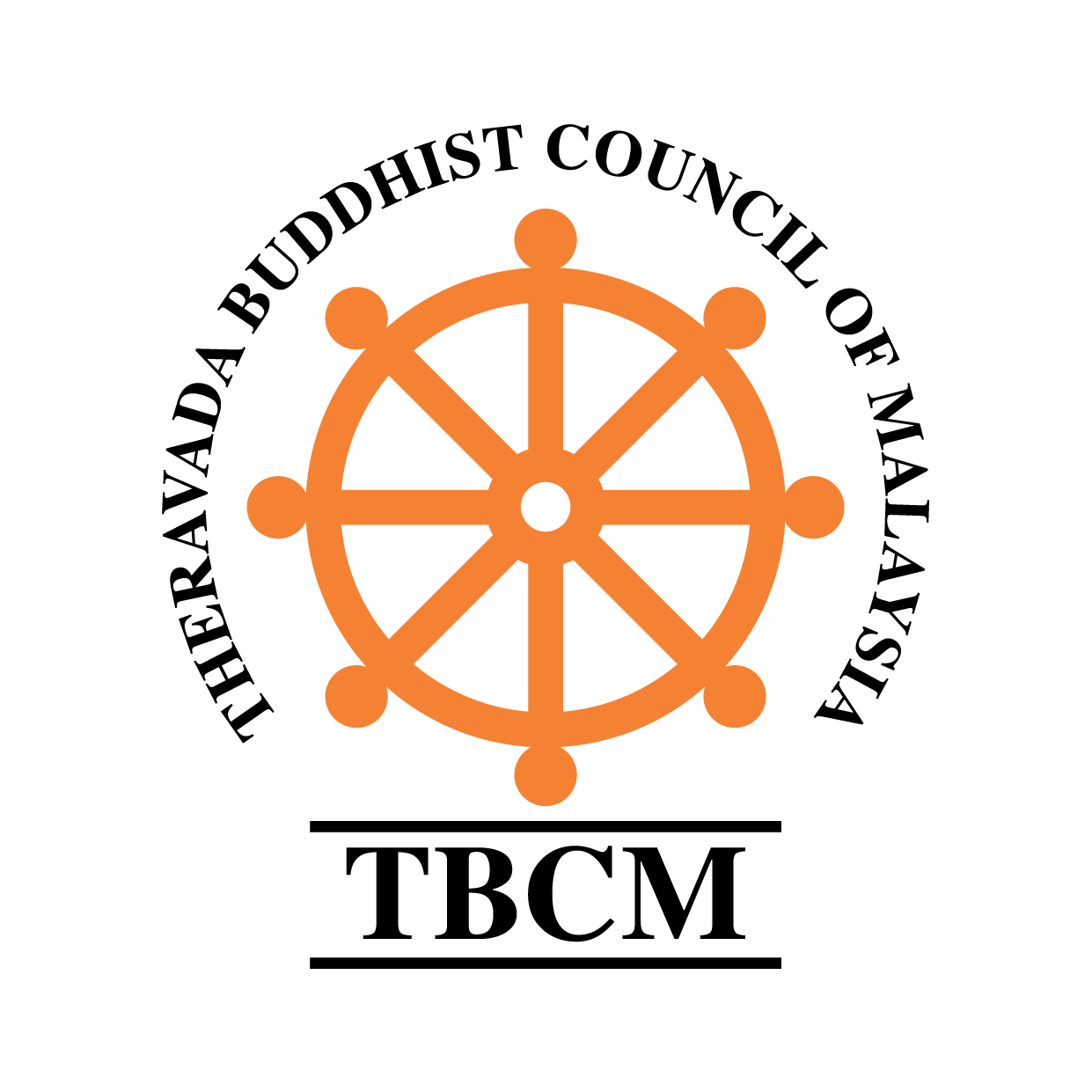On Sri Lankan Monastic Titles
On Sri Lankan Monastic Titles Monastic Advisory Panel Theravāda Buddhist Council of Malaysia
Monastic titles such as “Saṅgha Nāyaka” are often bestowed by the various Saṅgha authorities of Sri Lanka upon overseas Sinhalese monks in order to honour their role in propagating Buddhism in foreign countries like Malaysia and Singapore. Many individuals may be conferred the same title—as in the case of the USA, UK, Canada, Singapore, and of course, Malaysia.
These titles are a recognition of the Venerables’ individual contribution and services to the BuddhaSāsana, but are purely honorific and carry no hierarchical, administrative or authoritative weight, much like an honorary doctorate that does not reflect academic qualifications. This is also similar to the conferment of Datuk/Dato’-ship by the Malay rulers in our country.
However, titles such as “Chief High Priest / Monk of Malaysia and Singapore” and “Chief Saṅgha Nāyaka of Malaysia and Singapore” are confusing and misleading. This is because
- the terms “priest” and “high priest” imply that monks are primarily engaged in performing religious rites and rituals, when in fact their main occupation should be the study, practice and propagation of the DhammaVinaya
- the terms “Chief Saṅgha Nāyaka” and “Chief Monk” erroneously connote a position of seniority, leadership or administrative authority.
Presently, neither Malaysia nor Singapore has a national Saṅgha organisation comprising all local Theravāda monks. Therefore, there has never been any consensus for a monk to be appointed or elected as the “Head of the Saṅgha in Malaysia and Singapore”. Presently, such an office does not exist in Malaysia.
The prevalent, current titles of “Chief High Priest / Monk of Malaysia and Singapore” and “Chief Saṅgha Nāyaka of Malaysia and Singapore” are not only unspecific, misleading and confusing, but can also become fertile grounds for mischief, contention and dissension.
Therefore, for the sake of clarity and dispelling confusion among the general public and the Theravāda Buddhist community in particular, it would be ideal if TBCM could plead with the relevant venerable Saṅgha authorities of the various Nikāyas in Sri Lanka to seriously consider revising their honorific monastic titles by using less pretentious words so as not to give misleading impressions to the uninformed public.
Meanwhile, in order not to aggravate matters, responsible members of the Buddhist community should refrain from using such misleading honorifics, especially in the public media. If, indeed, circumstances require the usage of such titles, their specific connotations should be clarified so that they are not misunderstood to be greater than their actual capacity.
